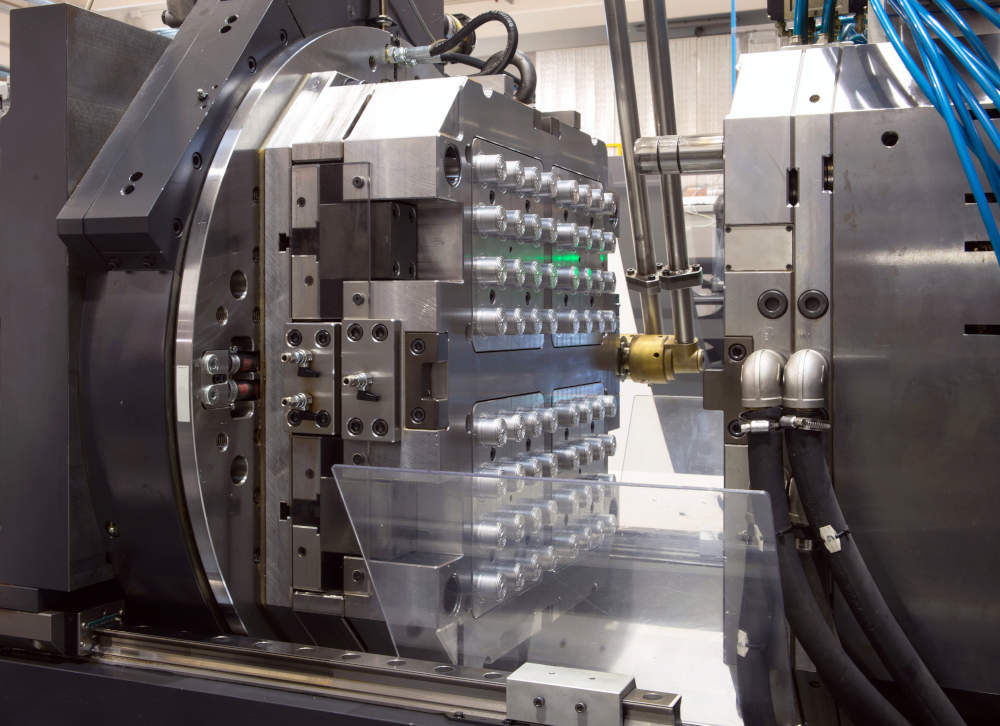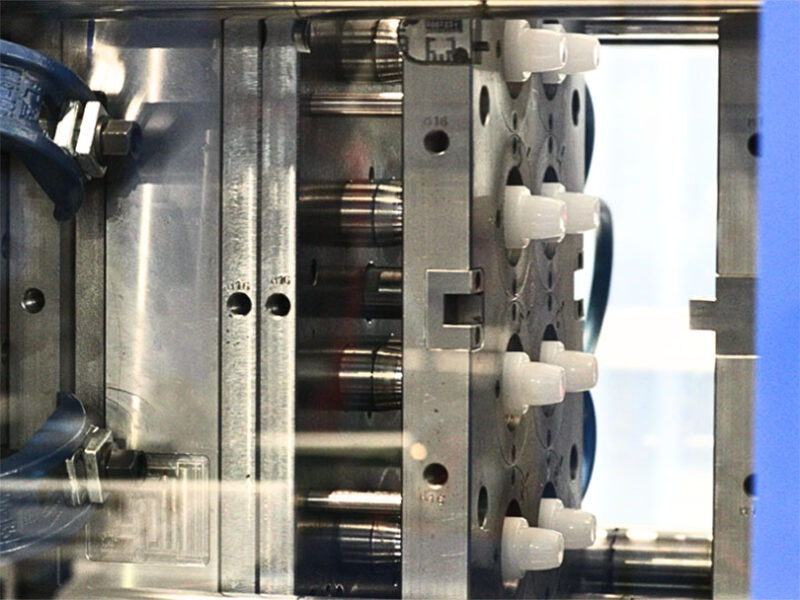Exploring the Future of Plastic Injection Molding in the Production Sector
Exploring the Future of Plastic Injection Molding in the Production Sector
Blog Article
Recognizing the Basics of Plastic Shot Molding Procedures
Plastic shot molding functions as a foundation of modern-day production, providing a systematic approach to creating complicated components with accuracy. This procedure not just encompasses the basic steps of melting and injecting materials right into molds however additionally involves a nuanced understanding of various affecting factors, such as temperature and stress. As markets significantly require performance and top quality, the ins and outs of this technique become more essential. Checking out these necessary components could reveal how even minor adjustments can cause substantial renovations in manufacturing end results, questioning regarding the capacity for innovation in this well established procedure.
What Is Plastic Shot Molding?
Plastic injection molding is an extensively used production procedure that transforms thermoplastic and thermosetting materials right into exact and complicated forms. This technique is favored for its ability to generate high quantities of similar parts with remarkable precision, making it an important technique in different markets, consisting of automotive, durable goods, and medical devices.
The process involves thawing the selected plastic material and infusing it into a mold under high pressure. The mold and mildew, made to the specs of the preferred component, allows the molten plastic to materialize as it cools down and solidifies. As soon as the material has set, the mold is opened, and the ended up element is ejected.
Plastic shot molding supplies several benefits, including reduced waste, uniformity in manufacturing, and the capability to incorporate elaborate layouts that may be challenging with various other manufacturing methods. Additionally, it supports a broad series of products, each providing distinct properties that can be tailored for details applications. As sectors continue to innovate, plastic shot molding continues to be at the forefront, making it possible for the growth of sophisticated items that satisfy advancing consumer demands.
The Shot Molding Refine
The injection molding process is an advanced method that includes several essential stages to produce high-grade plastic components. Originally, plastic pellets are fed right into a warmed barrel where they are thawed into a thick liquid. This molten plastic is then infused under high stress into a precision-engineered mold, which shapes the material right into the desired type.
Once the mold is filled, the plastic is allowed to strengthen and cool down, taking the form of the mold and mildew tooth cavity. Cooling time is essential, as it impacts the cycle time and the last buildings of the shaped part. After enough air conditioning, the mold opens up, and the ended up component is expelled utilizing ejector pins.

Materials Utilized in Shot Molding
Various materials can be used in the shot molding procedure, each offering one-of-a-kind buildings that satisfy certain applications. One of the most typically used materials consist of thermoplastics, thermosetting plastics, and elastomers.

Thermosetting plastics, like epoxy and phenolic materials, undergo a chemical adjustment throughout the curing process, resulting in an inflexible, inflexible framework. These materials are excellent for applications requiring high heat resistance and architectural honesty, commonly utilized in electrical insulators and vehicle parts.
Elastomers, including silicone and rubber-based products, offer versatility and durability. Their distinct residential or commercial properties make them appropriate for applications that require flexibility, such as seals and gaskets.
In addition, specialized materials like bio-based plastics and composites are gaining traction for their ecological advantages and boosted efficiency characteristics, broadening the range of shot molding applications in various markets. Recognizing the residential properties of these materials is essential for choosing the appropriate type for particular projects.
Advantages of Injection Molding
Injection molding stands out as a very effective production process dig this that offers numerous advantages for generating complex get rid of accuracy. Among the most considerable benefits is the capacity to produce detailed designs that would certainly be challenging or impossible to achieve with various other approaches (Plastic Injection Molding). The process enables thorough functions and tight tolerances, ensuring top quality parts
Additionally, injection molding is known for its rapid production abilities, making it an ideal choice for high-volume production. As soon as the mold and mildew is developed, parts can be produced quickly, reducing lead times and enhancing total productivity. This efficiency not only decreases production costs yet additionally gives an affordable edge in the marketplace.
The flexibility of products utilized in injection molding additionally boosts its allure. A large range of thermoplastics and thermosetting polymers can be used, allowing producers to choose materials that best fulfill their specific requirements, consisting of adaptability, warmth, and toughness resistance.
Furthermore, the process reduces waste, as excess product can usually be recycled and recycled. This sustainability facet adds to a decreased ecological impact, making shot molding a responsible production choice. In general, the benefits of shot molding make it a preferred method for lots of markets.
Factors Affecting Product Quality
While countless factors can influence product high quality in shot molding, understanding these components is critical for attaining optimal results. Key elements include product selection, refining specifications, and mold layout.
Product choice plays a crucial duty, as different polymers exhibit distinct residential or commercial properties that affect flowability, strength, and thermal security. Insufficient product choice can result in issues such as warping or incomplete filling.
Processing parameters, including pressure, cycle, and temperature time, must be meticulously managed. Variants in these setups can result in incongruities partially measurements and surface coating. For example, excessively heats might cause destruction of the polymer, while insufficient stress can cause brief shots.
Mold and mildew style is equally vital, as it establishes the circulation of the molten plastic and the cooling procedure. Inadequately made molds may result in unequal air conditioning prices, leading to dimensional inaccuracies and recurring anxieties.

Verdict
Finally, plastic injection molding works as a critical manufacturing process that makes it possible for the efficient production of premium elements. Mastery of the injection molding procedure, including the understanding of materials and the impact of different variables on item quality, is essential for attaining optimal outcomes. The benefits of this approach, such as cost-effectiveness and style adaptability, more highlight its importance throughout numerous industries, solidifying its standing as a recommended selection for high-volume manufacturing.
Plastic shot molding offers as a cornerstone of contemporary manufacturing, supplying a methodical approach to creating complicated components with accuracy.Plastic injection molding provides several benefits, consisting of decreased waste, consistency in production, and the capability to integrate detailed layouts that might be testing with various other producing techniques (Plastic Injection Molding). As industries proceed to innovate, plastic shot molding continues to be at the center, enabling the growth of innovative items that satisfy evolving customer needs
The injection molding procedure website link is an advanced strategy that includes several crucial phases to create high-grade plastic elements.In conclusion, plastic injection molding offers as a crucial manufacturing procedure that enables the efficient production of top notch components.
Report this page